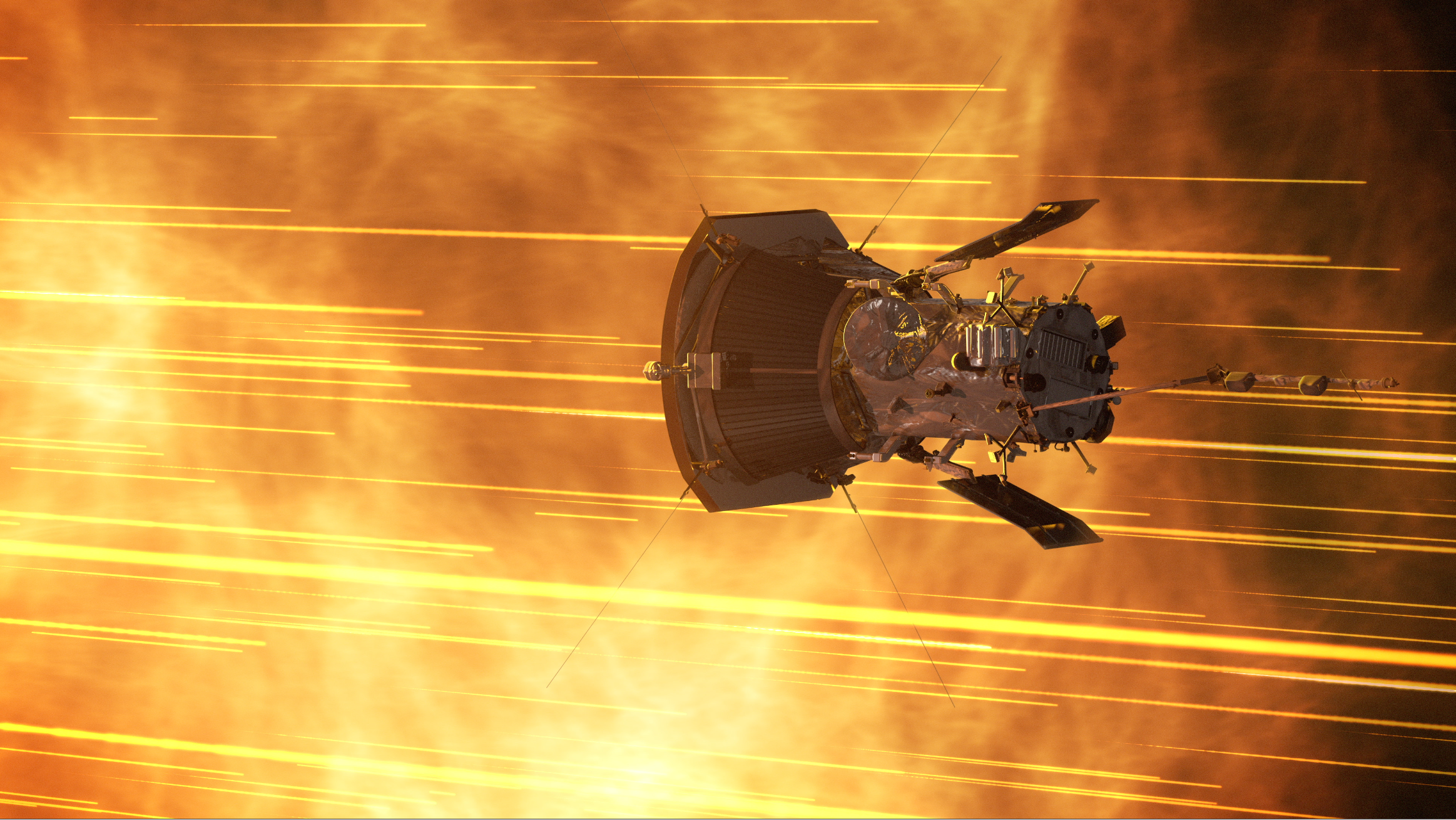TRACERS
Tandem Reconnection and Cusp Electrodynamics Reconnaissance Satellites

TRACERS Will Study How Space Weather Impacts Earth
Earth’s magnetosphere protects the planet from the constant bombardment of solar particles from the Sun, called the solar wind. Magnetic reconnection occurs when the solar wind interacts with the magnetosphere, causing magnetic field lines to disconnect and reconnect. This causes particles to rain down into Earth’s atmosphere. The effects of space weather can lead to beautiful phenomena, like the aurora, but can also impact space-based infrastructure, like satellites and GPS systems.
By placing the twin TRACERS spacecraft in Sun-synchronous orbit, so that they always pass through the Earth’s dayside, the team will accumulate thousands of dayside reconnection events. Since there are two spacecraft, scientists will be able to observe how quickly the process changes and evolves by comparing the data collected by each spacecraft.
Collaborations Across Missions
The TRACERS mission team will work with other missions that study complementary regions and processes. NASA’s MMS (Magnetospheric Multiscale Mission) studies magnetic reconnection from out in space. TRACERS observations from low Earth orbit will enable scientists to compare the results from the two missions.
Recently launched missions, like NASA’s PUNCH (Polarimeter to Unify the Corona and Heliosphere) and EZIE (Electrojet Zeeman Imaging Explorer) mission, are also in low Earth orbit, studying the solar wind and interactions in Earth’s atmosphere. By combining observations from PUNCH, EZIE, and TRACERS, scientists will be able to get a more complete understanding of how energy from the Sun’s atmosphere flows through Earth’s magnetosphere and atmosphere.
TRACERS is led by David Miles at the University of Iowa and managed by the Southwest Research Institute in San Antonio, Texas. NASA’s Heliophysics Explorers Program Office at NASA’s Goddard Space Flight Center in Greenbelt, Maryland provides mission oversight to the project for the agency’s Heliophysics Division at NASA Headquarters in Washington, D.C. The University of California, Los Angeles and University of California, Berkeley, lead instruments on TRACERS that study changes in the magnetic field and electric field.

































